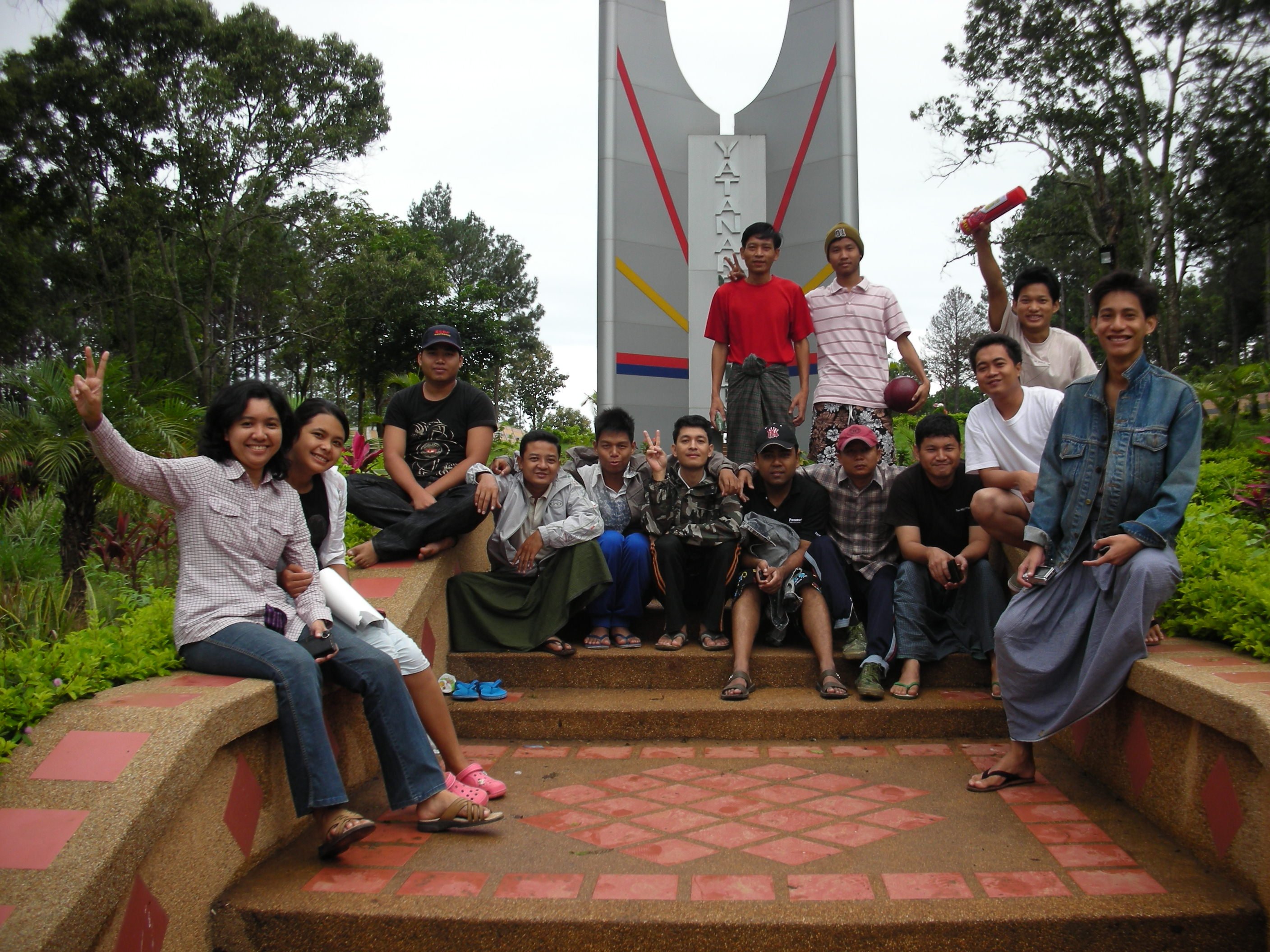
Not many network engineers get the chance early in their careers to build one of the first ISP core networks in their country.
Thein Myint Khine knows every PoP and wire of Yatanarpon Teleport Public Company Limited’s (YTP) core network, having helped build and upgrade it several times during her 15-year tenure at Myanmar’s leading private ISP.
“I joined YTP in 2002, a year after its foundation – back then it was known as Bagan Cybertech,” remembers Khine, who until recently was Head of YTP’s Core Network.
“I had some theoretical understanding of setting up a network but it was my first time actually building a ‘real’ IP core network,” she says.
Add to this the limited resources that Khine and her team were afforded at the time, and Khine admits such a scenario was a little like being stranded in the middle of the ocean with a map, a compass and a canoe, and told to find your way back to land.
However, Khine says she and her team’s enthusiasm to learn and develop their skills helped overcome the many difficulties.
“We were eager to design and build the best network possible in Myanmar with the resources we had,” says Khine. “And I believe we’ve succeeded.”
For 15 years, Khine played a leading role in the day-to-day activities of the network, including three network upgrades.
“Each time we conducted network upgrades or extensions, I was responsible for IP network design, integration, vendor management, and implementation. We introduced the IPStar Satellite system, and wireless broadband, WiMAX, xDSL, FTTx, and Metro Ethernet services.
“Such experiences allowed me to achieve my Cisco Certified Internetwork Expert certification, which is my greatest professional achievement.”
Network upgrades Khine has been involved in
In 2002, just after I joined Bagan Cybertech, we set up the first metro-core network, spanning over three PoPs in Yangon plus one POP in Mandalay. We were using microwave links between PoPs and multihoming for Internet services. Our traffic was less than 100Mbps, which was remarkable for that time.
In 2010, we upgraded our core network to use MPLS and added one more POP in Cyber City, Pyin Oo Lwin, which we setup as a designated router of Yangon. At the time, average bandwidth was 1Gbps.
In 2012, we upgraded our network again to add more redundant nodes to the core and edge nodes. We also extended our MPLS to the distribution network and since so doing significantly changed the metro distribution network topology. This time, we chose 10Gbps links. This was one of the most challenging upgrades, given the need for a smooth migration for end user networks.
Last year, 2016, as part of our new FTTX service, we added more nodes together with DWDM Networks. Although basic core topologies didn’t change significantly, our service termination networks designed did. The greatest challenge was integrating devices from multiple vendors. We have also started to consider multiple 10Gbps links and 100Gbps for core devices.
Apart from these networks updates and migrations, the greatest challenge we have faced has been dealing with DDoS attacks. We have had two major attacks, one in 2008 and the other in 2010 both interrupting our services. These instances were also much bigger learning curves for us, particularly the need to deal with multiple organizations to mitigate the attacks.
Having overseen and developed YTP’s network and its team for so long, Khine decided last year to start a new chapter in her career, becoming an industry advisor. She says she’s enthusiastic about sharing her experience and knowledge, particularly with younger generations.
At the recent Myanmar Network Operators’ Group meeting, Khine says it was great to see a clear majority of network engineers in the crowd, of whom a noticeable number were female. She says the ICT field was dominated by male technicians when she started in the industry in the mid-90s, but it had recently become a more viable career for women.
“In our culture, it is acceptable for women to have leadership roles if they demonstrate they have ability. I had to work hard and get certificates to prove myself before they accepted me as a leader, but so too do many men,” says Khine.
“Young women should not be intimidated or scared to pursue technical roles. It takes hard work but there as so many opportunities now to learn and work in this industry. I hope this environment will continue, resulting in more women in leaderships positions in the industry.”
The views expressed by the authors of this blog are their own and do not necessarily reflect the views of APNIC. Please note a Code of Conduct applies to this blog.

